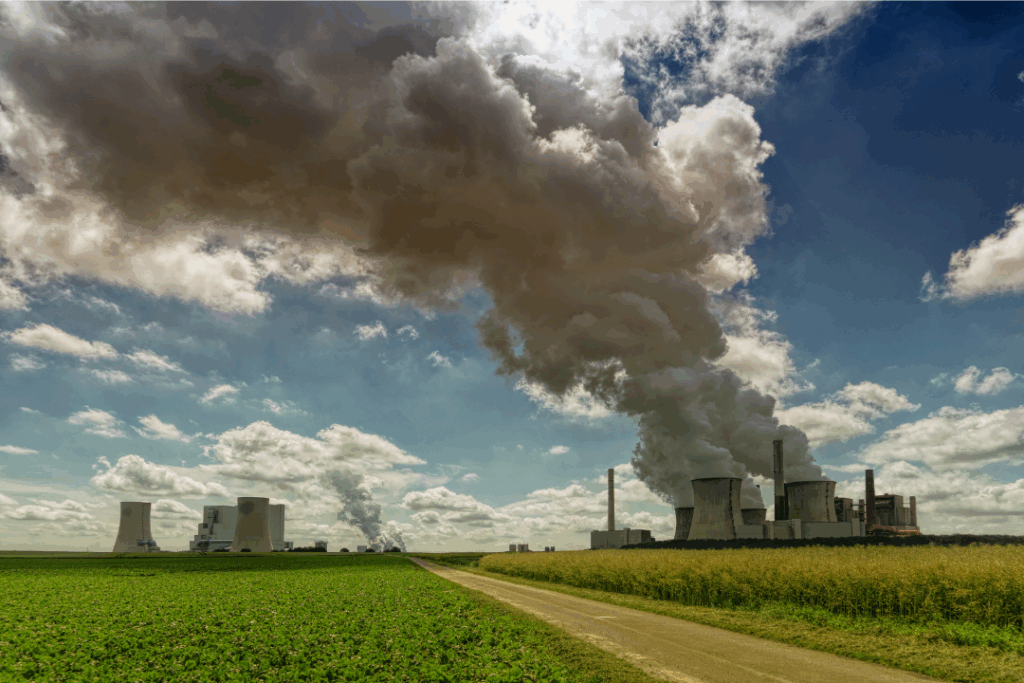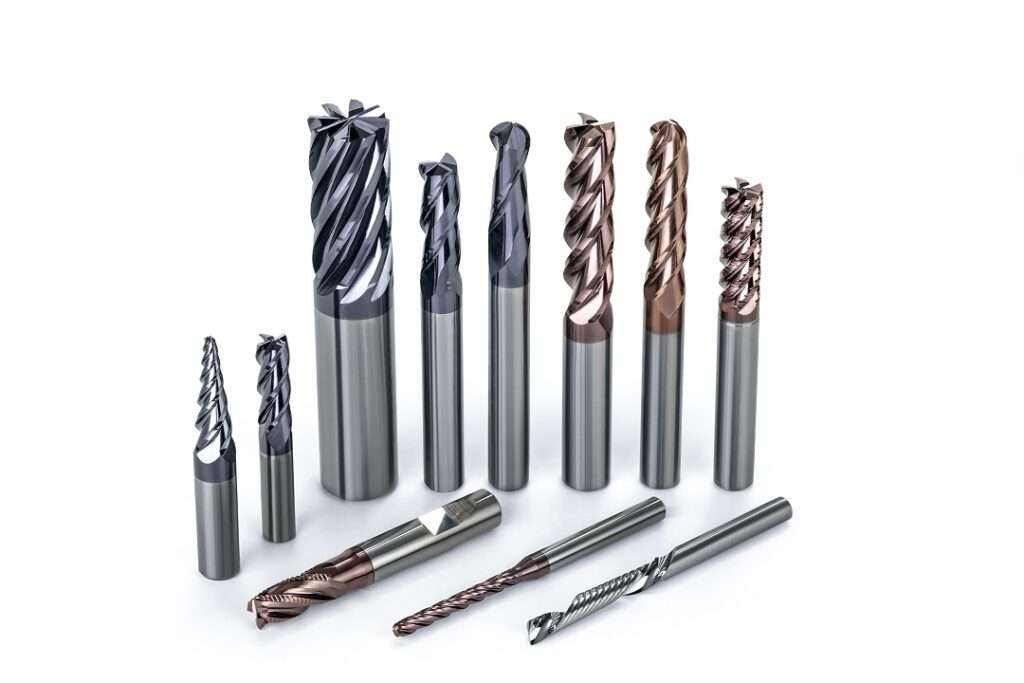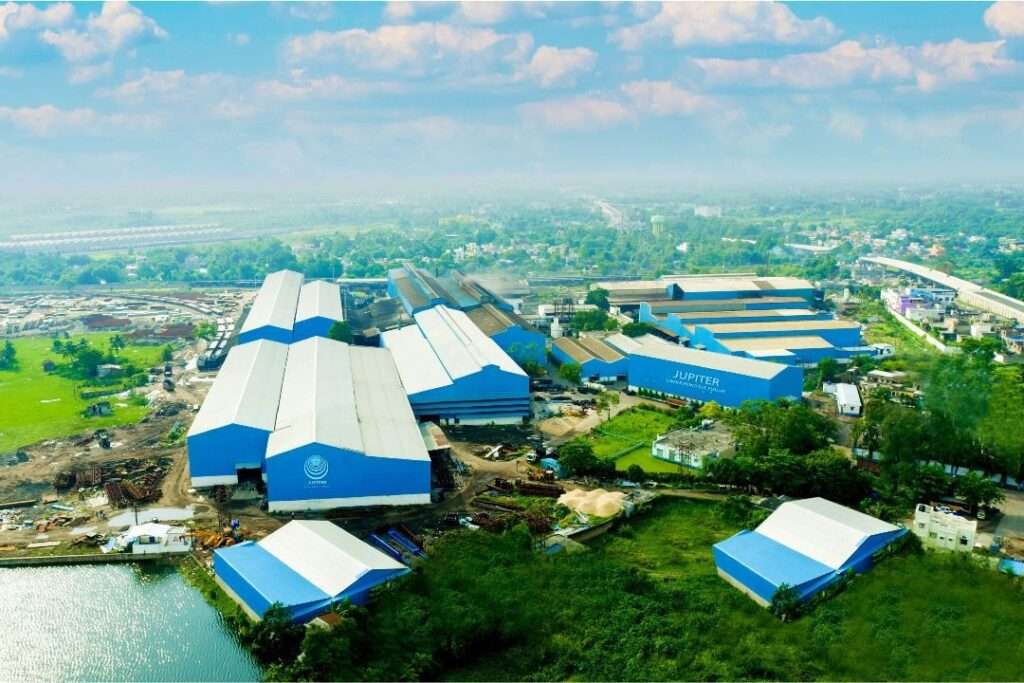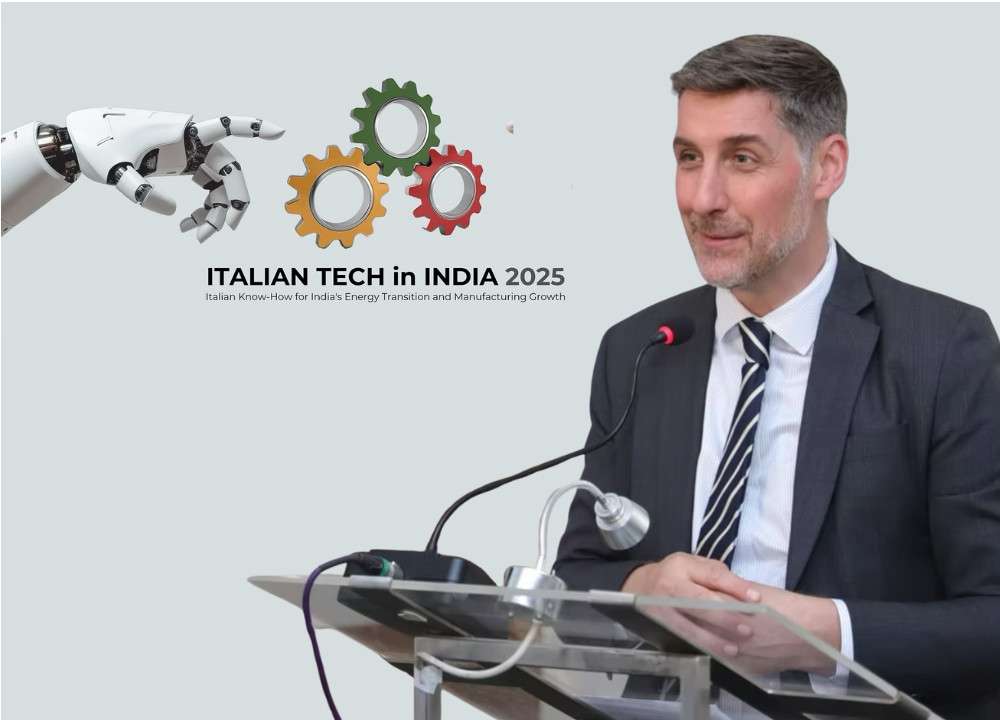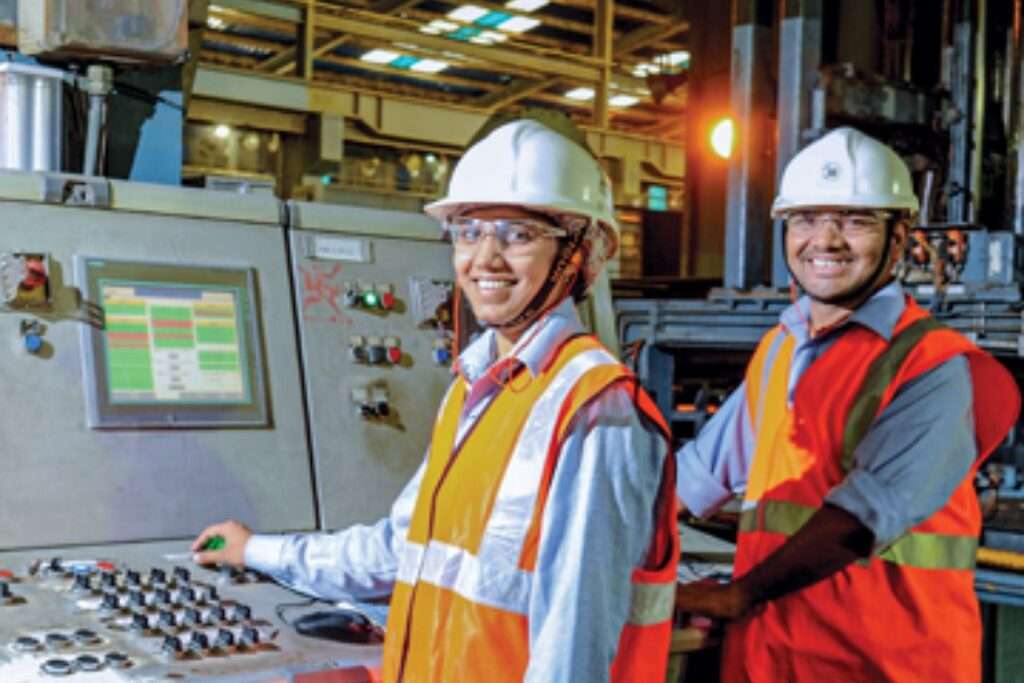As seasonal rains sweep across the country, Vedanta Group Chairman Anil Agarwal has raised a pressing concern: the widespread damage caused by corrosion. In a recent social media post, Mr Agarwal pointed out that rusting of iron and steel due to moisture, heat, and pollution leads to economic losses equivalent to nearly 5% of India’s GDP every year — a cost that he says can be significantly reduced.
“Any structure or product made from iron or steel is at risk when exposed to wet and humid conditions,” Mr Agarwal noted. “But this damage is preventable. Galvanization — the process of coating steel with zinc — offers a practical and proven solution.”
Mr Agarwal described zinc as a key safeguard for India’s infrastructure, helping extend the life of bridges, buildings, transport systems, and machinery by protecting them from corrosion. He stressed that in a country frequently battered by harsh weather, galvanization should be a routine engineering standard rather than a last-minute fix.
He also drew attention to zinc’s growing importance beyond rust prevention. With researchers exploring its use in next-generation batteries, zinc could play a pivotal role in the future of clean energy and energy storage, providing India with an alternative to more expensive and less abundant materials like lithium.
Through Hindustan Zinc Limited — India’s only and the world’s largest integrated zinc producer — Vedanta has long championed the benefits of zinc across construction, transport, and renewable technologies. Mr Agarwal’s message, though, goes beyond corporate advocacy. It’s a broader appeal to policymakers, industry leaders, and infrastructure planners to rethink how the nation builds and maintains its physical assets.
India’s vast 7,800-km coastline and humid regions are especially vulnerable to corrosion, a challenge faced by few countries at this scale. Yet countries like Japan and Australia have shown that widespread adoption of galvanized steel can cut corrosion-related losses to under 1.5% of GDP — far below India’s current levels.
In addition to withstanding harsh environmental conditions, zinc-coated steel requires less maintenance over time, making it more economical in the long run. It also improves structural safety, especially in sectors like transportation where over 70% of a vehicle’s body is typically made of steel — a material highly prone to rust unless properly treated. While more than 90% of vehicles in markets like North America, Europe, China, and Japan use zinc-coated steel bodies, India still lags behind with a usage rate ranging from 0% to 25%. Mr Agarwal believes this gap needs urgent attention.
As India targets 300 million tonnes of steel production and ramps up large-scale infrastructure development, he argues that galvanization must become central to the country’s building strategy. The goal: lower long-term maintenance costs, preserve public investment, and build stronger, more resilient national infrastructure.



